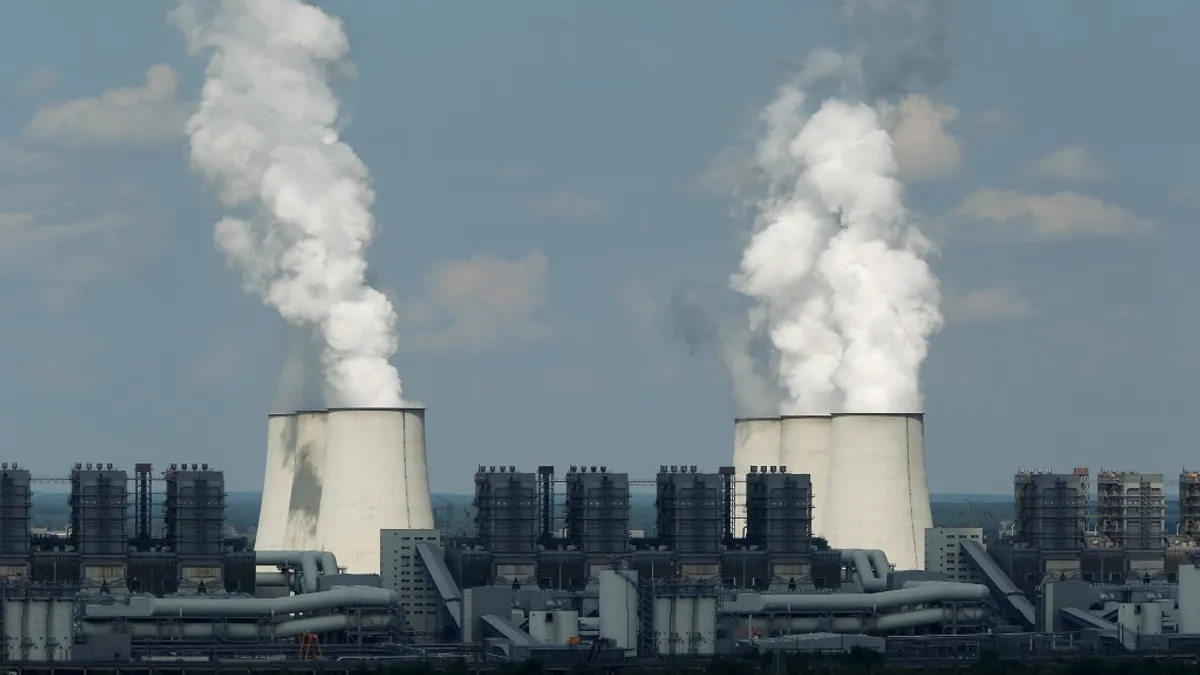Dive Brief:
- The implementation of four "common" energy efficiency policies can help the U.S. reduce CO2 emissions by 26% at no net cost to the U.S. economy, according to a new study by the American Council for an Energy-Efficient Economy.
- The four policies advocated by the study are: 1) setting annual 1.5% load reduction targets at the state level; 2) developing new and improved national building codes; 3) building combined heat and power plants; and 4) enacting efficiency standards for five key appliances -- "double-ended quartz halogen lamps, residential lavatory faucets, commercial hot-food holding cabinets, portable electric spas, and bottle-type water dispensers."
- The study highlights how energy efficiency can play a significant role in reducing CO2 emissions as the Environmental Protection Agency (EPA) readies its proposed CO2 emissions standards for existing power plants. By 2030, these four policies could reduce electricity demand by 25%, according to ACEEE.
Dive Insight:
Former FERC nominee Ron Binz calls EPA's carbon rules for existing power plants the "great underestimated change that is about to engulf U.S. regulation."
"What this is going to do overnight" is obligate utilities to "reduce the intensity of greenhouse gas emissions per kilowatt-hours," Binz said last year. That's suddenly going to make energy efficiency and demand response a "least cost solution" and "compliance mechanism—not just because it feels good or your regulator told you to do it."
Putting the cost of carbon into the electricity price, Binz predicted, will boost the relative value of energy efficiency, demand response and renewable energy.















